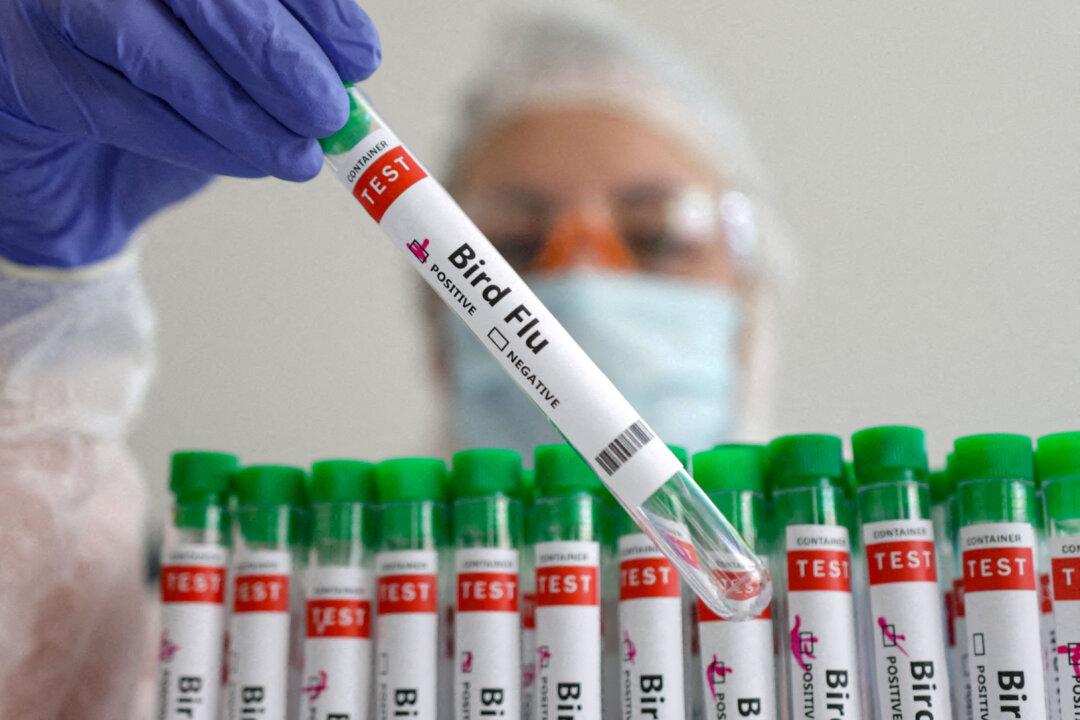Federal health officials have called for expanded bird flu testing among farmworkers following a study revealing signs of infection in asymptomatic dairy workers.
Dr. Nirav Shah, principal deputy director of the U.S. Centers for Disease Control and Prevention (CDC), told reporters on Nov. 7 that farmworkers who come into close contact with infected animals should be tested and offered treatment even if they are asymptomatic.





